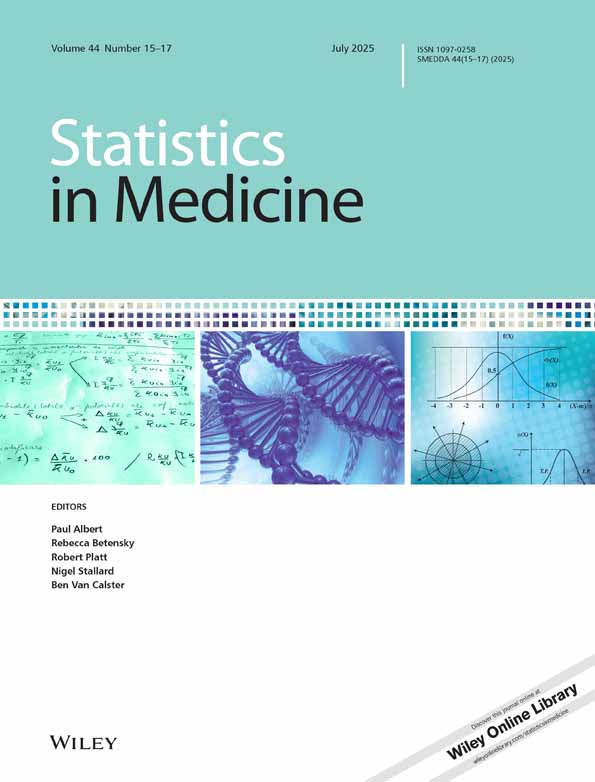The continual reassessment method and its applications: a Bayesian methodology for phase I cancer clinical trials
Abstract
We discuss the continual reassessment method (CRM) and its extension with practical applications in phase I and I/II cancer clinical trials. The CRM has been proposed as an alternative design of a traditional cohort design and its essential features are the sequential (continual) selection of a dose level for the next patients based on the dose–toxicity relationship and the updating of the relationship based on patients' response data using Bayesian calculation. The original CRM has been criticized because it often tends to allocate too toxic doses to many patients and our proposal for overcoming this practical problem is to monitor a posterior density function of the occurrence of the dose limiting toxicity (DLT) at each dose level. A simulation study shows that strategies based on our proposal allocate a smaller number of patients to doses higher than the maximum tolerated dose (MTD) compared with the original method while the mean squared error of the probability of the DLT occurrence at the MTD is not inflated. We present a couple of extensions of the CRM with real prospective applications: (i) monitoring efficacy and toxicity simultaneously in a combination phase I/II trial; (ii) combining the idea of pharmacokinetically guided dose escalation (PKGDE) and utilization of animal toxicity data in determining the prior distribution. A stopping rule based on the idea of separation among the DLT density functions is discussed in the first example and a strategy for determining the model parameter of the dose–toxicity relationship is suggested in the second example. Copyright © 2001 John Wiley & Sons, Ltd.




